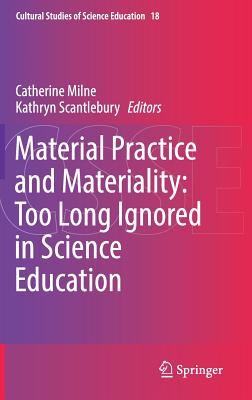Classification Made Relevant: How Scientists Build and Use Classifications and Ontologies
暫譯: 分類的實用性:科學家如何建立和使用分類法與本體論
Berman, Jules J.
- 出版商: Academic Press
- 出版日期: 2022-01-28
- 售價: $4,370
- 貴賓價: 9.5 折 $4,152
- 語言: 英文
- 頁數: 444
- 裝訂: Quality Paper - also called trade paper
- ISBN: 0323917860
- ISBN-13: 9780323917865
-
相關分類:
Computer-Science
海外代購書籍(需單獨結帳)
商品描述
Classification Made Relevant explains how classifications and ontologies are designed, and how they are used to analyze scientific information. It is through our description of the relationships among classes of objects that we are able to simplify knowledge and explore the ways in which individual classified objects behave. The book begins by describing the fundamentals of classification and leads up to a description of how computer scientists use object-oriented programming languages to model classifications and ontologies. Numerous examples are chosen from the Classification of Life, the Periodic Table of the Elements, and the symmetry relationships contained within the Classification Theorem of Finite Simple Groups. When these three classifications are tied together, they provide a relational hierarchy connecting all of the natural sciences. This book is intended to reach a multidisciplinary audience of students and professionals working in the data sciences, the library sciences, and all of the STEM sciences.
The chapters introduce and describe general concepts that can be understood by any intelligent reader. With each new concept, there follow practical examples selected from various scientific disciplines. In these cases, technical points and specialized vocabulary are linked to glossary items, where the item is clarified and expanded. Technical terms in the data sciences often have different meanings, depending on the reader's specific discipline. The word "ontology" has so many meanings, it has become meaningless. Skeptics can google on the word "ontology" to quickly confirm the inchoate status of this subject. In such cases, the glossary describes the different way the term has been used and will clarify its meaning within the book's context. For the benefit of computer scientists, the glossary contains short scripts written in Perl or Python or Ruby. Non-programmers will be spared from reading computer code, without missing out on the concepts covered in each chapter. By using the glossary links, every reader experiences a version of this book tailored to their personal needs and preferences.
商品描述(中文翻譯)
《分類的相關性》解釋了分類和本體論是如何設計的,以及它們如何用來分析科學資訊。透過我們對物件類別之間關係的描述,我們能夠簡化知識並探索個別分類物件的行為方式。本書首先描述了分類的基本原則,然後介紹計算機科學家如何使用物件導向程式語言來建模分類和本體論。書中選取了許多例子,包括生命的分類、元素的週期表,以及有限簡單群的分類定理中所包含的對稱關係。當這三個分類結合在一起時,它們提供了一個關聯層級,連接所有自然科學。本書旨在吸引在數據科學、圖書館科學以及所有 STEM 科學領域工作的多學科學生和專業人士。
各章節介紹並描述了任何有智慧的讀者都能理解的一般概念。每當引入一個新概念時,隨後會提供來自各科學領域的實際例子。在這些情況下,技術要點和專業詞彙會與詞彙表項目相連結,該項目會進一步澄清和擴展。數據科學中的技術術語往往根據讀者的具體學科有不同的含義。單詞「本體論」有太多的含義,以至於變得毫無意義。懷疑者可以在 Google 上搜尋「本體論」這個詞,以快速確認這個主題的初步狀態。在這種情況下,詞彙表描述了該術語的不同用法,並在書中的上下文中澄清其含義。為了方便計算機科學家,詞彙表中包含用 Perl、Python 或 Ruby 編寫的簡短腳本。非程式設計師將不必閱讀計算機代碼,而不會錯過每章所涵蓋的概念。通過使用詞彙表的連結,每位讀者都能體驗到這本書根據他們的個人需求和偏好量身定制的版本。





























